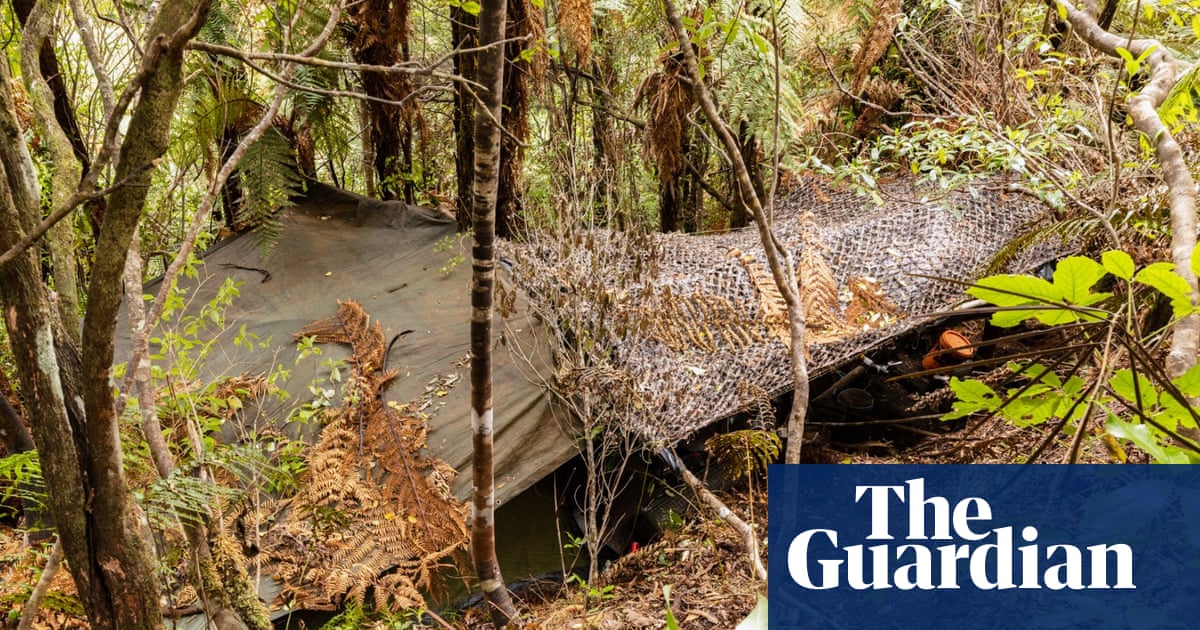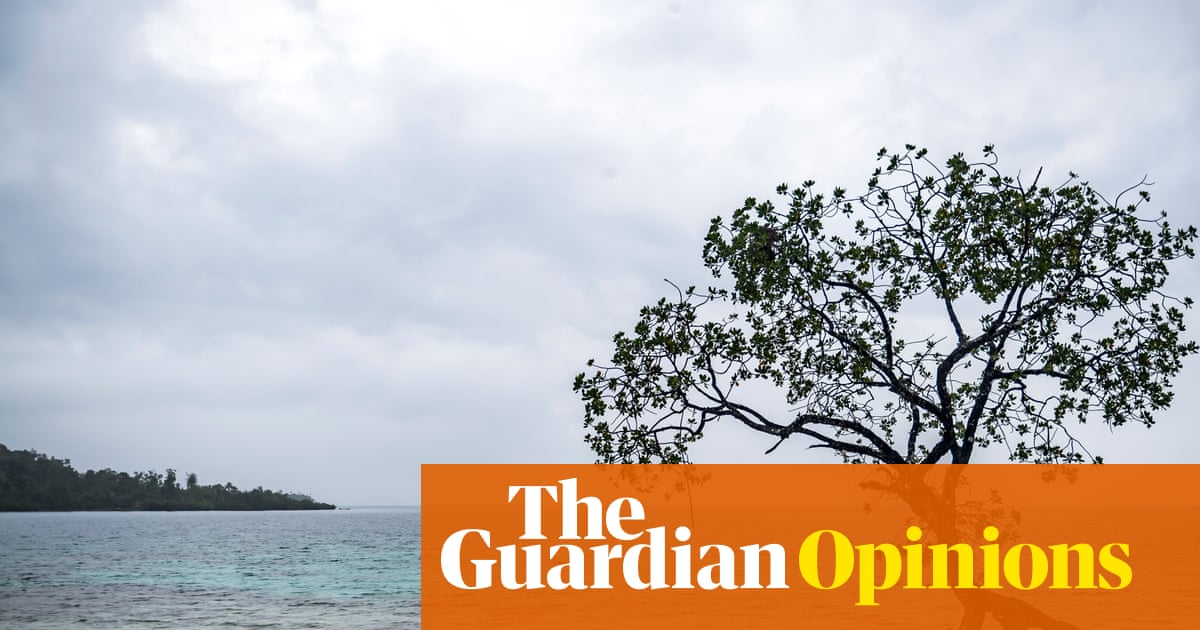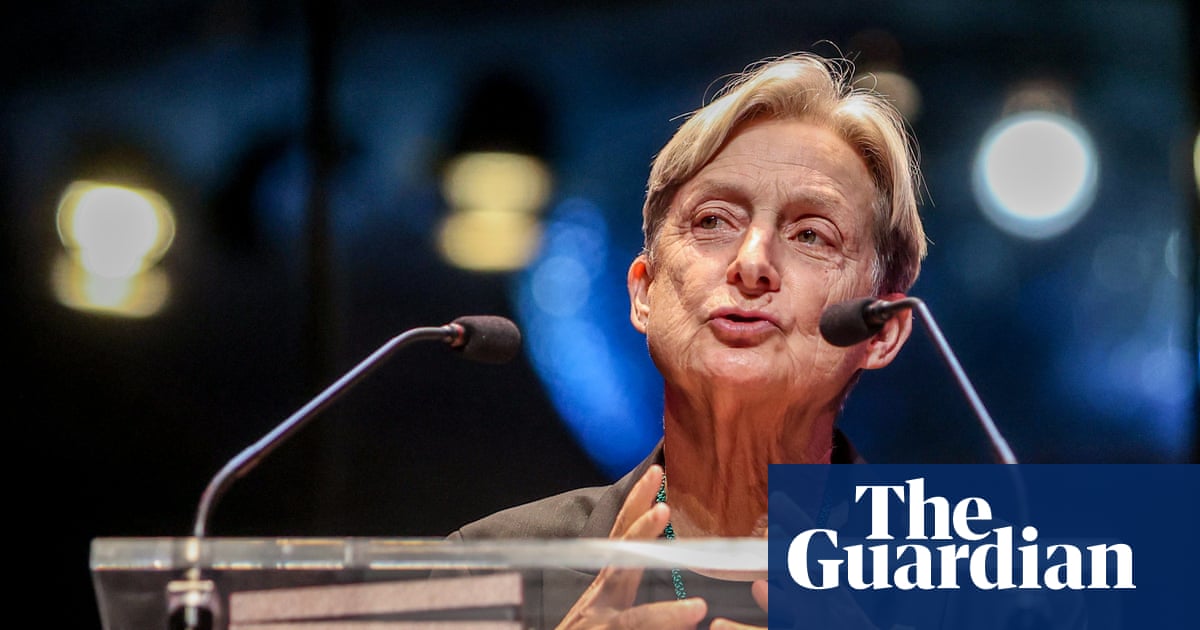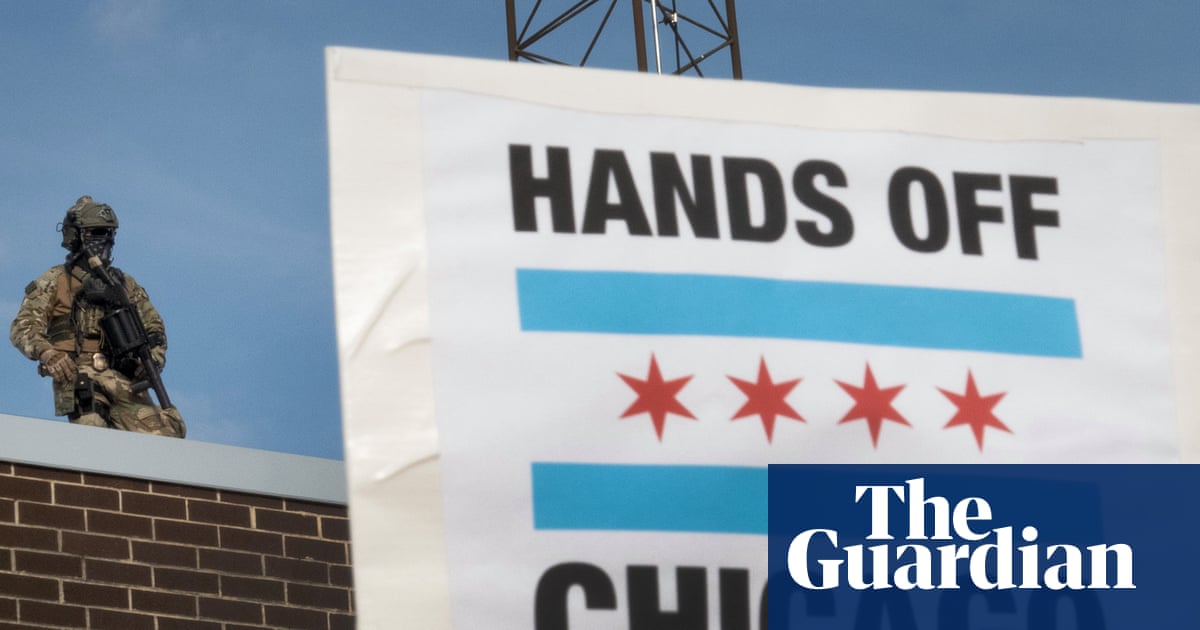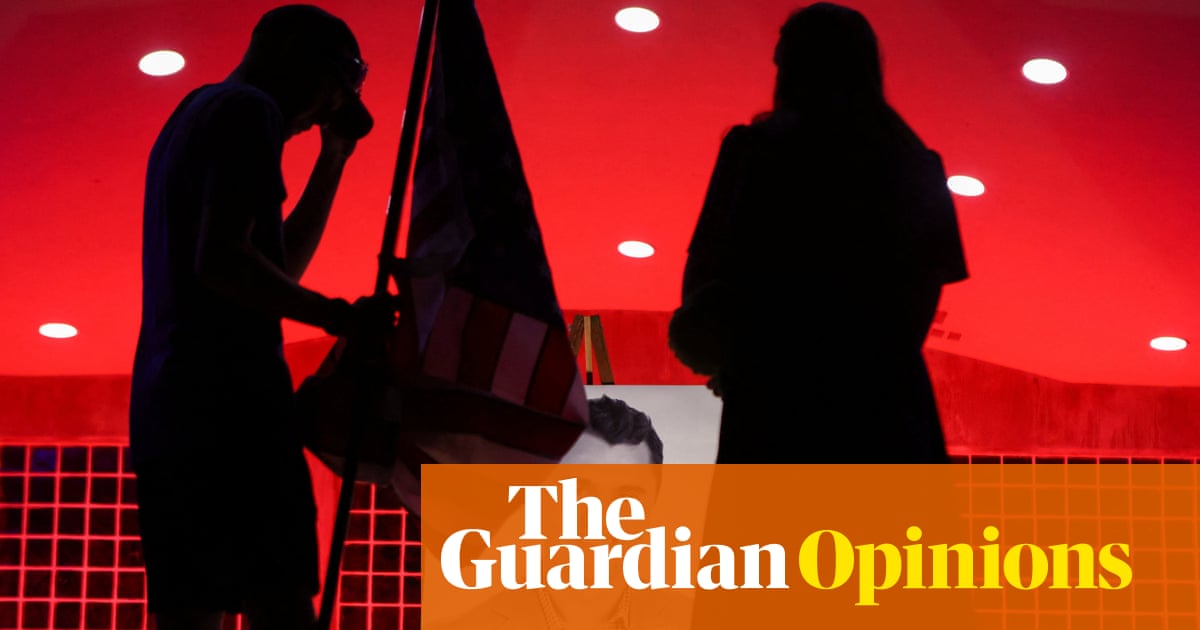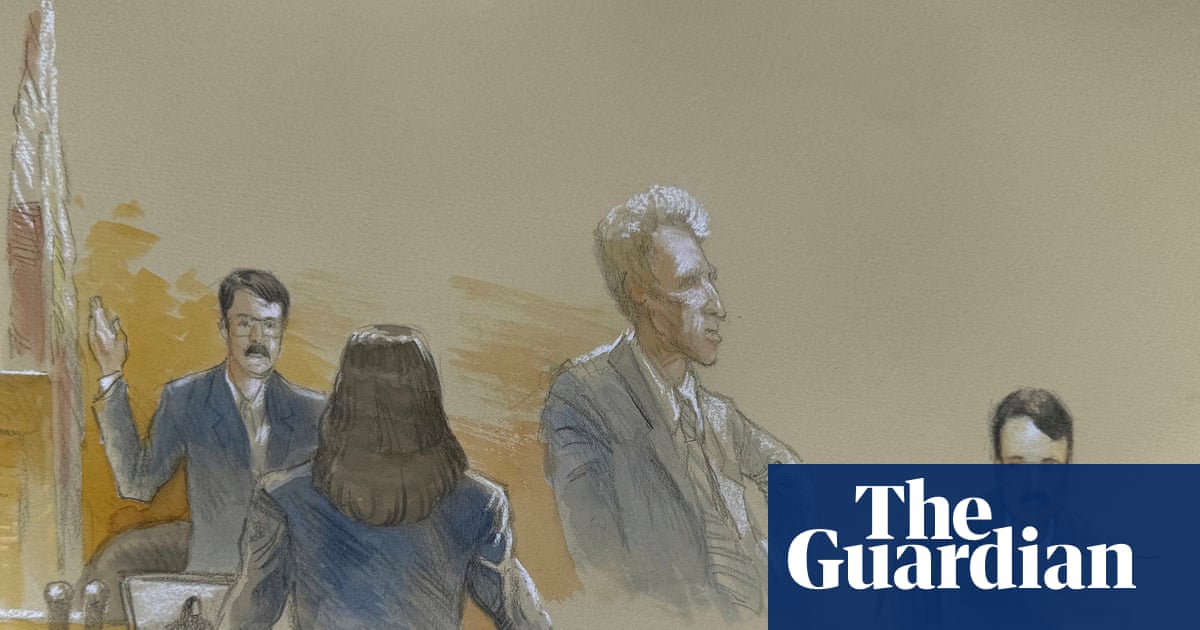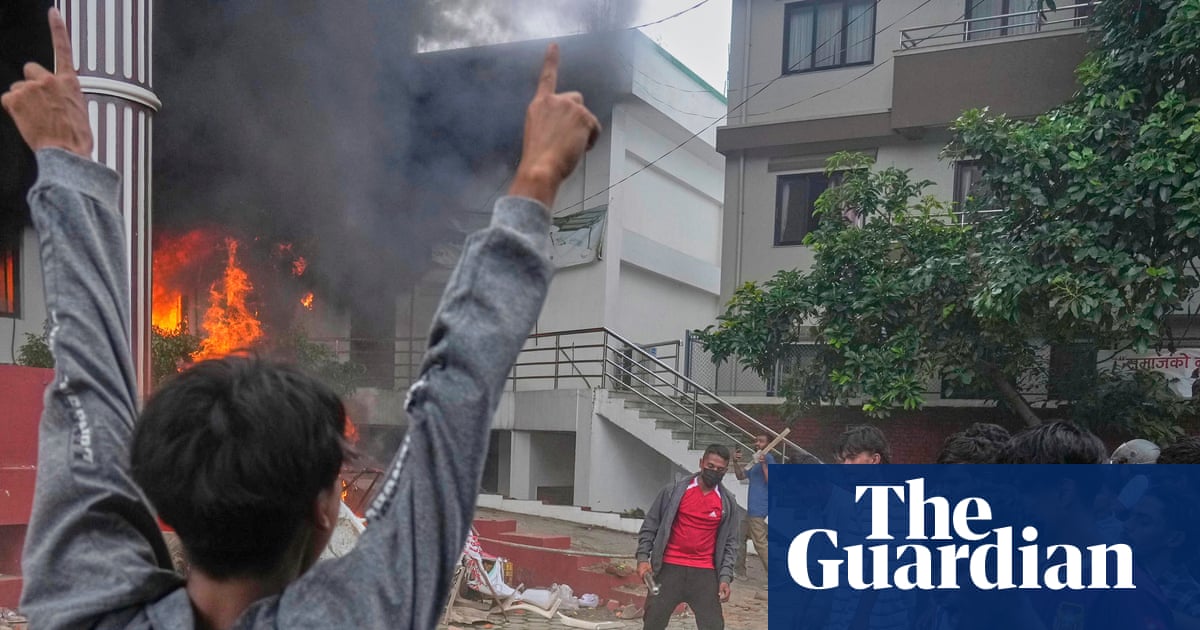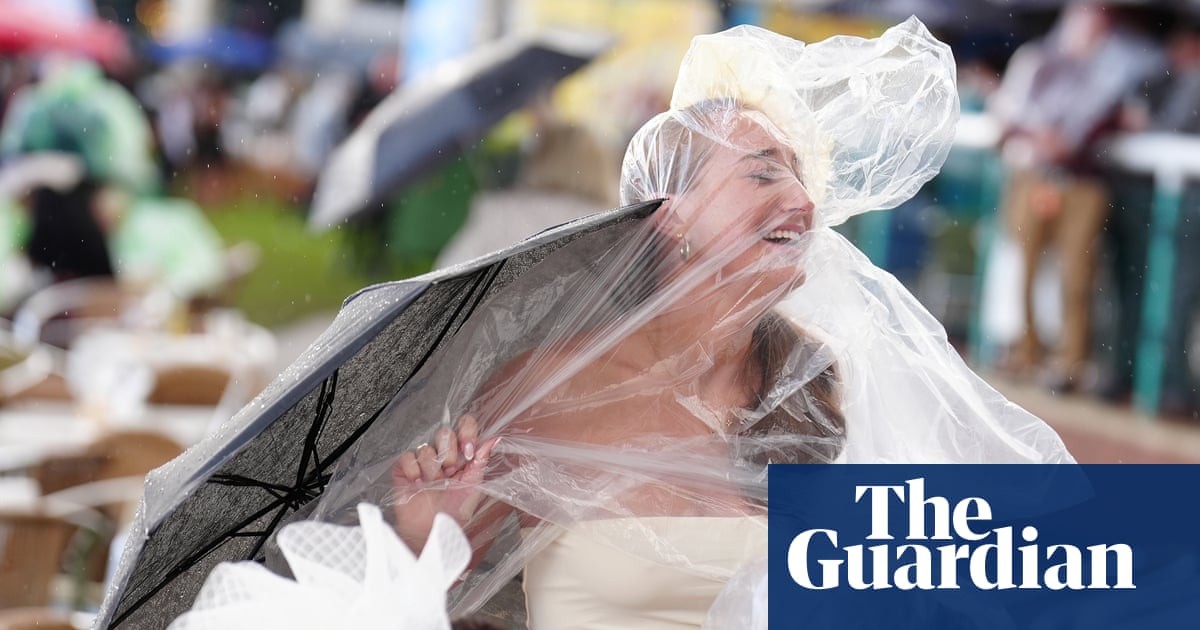The directors of Holloway use a simple but powerful visual device to demonstrate how badly the British prison system is failing the women it incarcerates. Towards the end of their eponynmous documentary, six former inmates are invited to play a version of Grandmother’s Footsteps in the chapel of the deserted ex-prison, where they have been filming for five days.
They begin lined up against the wall and a voice tells them: “Step forward if you grew up in a chaotic household.” All six women step forward, before being instructed: “Step forward if you experienced domestic violence growing up.” Again, they move ahead in unison. “Step forward if somebody in your household has experienced drug use. Step forward if you grew up in a household where there wasn’t very much money. Step forward if a member of your family has been to prison …”
By the time the exercise is over, almost all the women have silently made their way from one side of the room to the other, starkly highlighting the film’s fundamental theme: the UK’s prisons are full of vulnerable women being punished – at great expense – and not helped.
Shortly before Holloway prison began to be demolished in 2022, directors Sophie Compton and Daisy-May Hudson secured permission to film inside the abandoned site in London, watching as six women returned to the cells where they were once held, to explore how they all ended up imprisoned as young women. Directors of a more conventional documentary might have plonked the participants on the bare iron frames of their old prison beds and instructed them to pour out their life stories, poking and prodding them for all the shocking details. Compton and Hudson take a subtler approach, arranging the women in a circle, supervised by a trained therapist, and waiting to see what emerges.
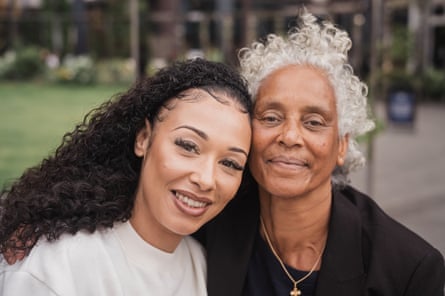
It is a risky strategy. The flow of the conversation is faltering, interrupted by nervousness about how their words will be used, suspicion about the directors’ intentions – and a sudden, uncomfortable request for the most difficult conversations to continue without the cameras rolling. The film includes all this uncertainty: they debate whether they should proceed before realising their desire to talk about the justice system’s failures mostly outweighs their concerns about sharing chapters from their complicated pasts.
Compton (Emmy nominated for her documentary on deepfake pornography, Another Body) and Hudson (who won a Bafta Breakthrough award for her film Half Way, documenting her own family’s experience of homelessness) have the confidence to make their subjects collaborators on the project, inviting them into the editing process, to ensure everyone feels happy with how their experiences have been handled. “They could say what they did and didn’t like,” Hudson says. “They wanted more laughter included. Our wish was that they felt proud of the film.”
Once western Europe’s largest women’s prison, Holloway has a significant place in British history. More than 300 suffragettes were held in a wing of the original building during the early 20th century. Ruth Ellis was hanged there in 1955, the last woman to be executed in the UK. Greenham Common protesters spent time here. Sarah Reed, who had previously been a victim of police brutality in 2012, died in her cell in 2016.
This is not the story the film sets out to tell. “It’s not a film about Holloway; other films can tell a historical story or show the realities of being in prison,” says Compton, who I meet along with Hudson and two of the film’s participants, Aliyah Ali and Mandy Ogunmokun. “This is about a group of women returning to Holloway, and finding they are not the same people they were when they were in prison.”
The women each respond differently when they walk through the corridors of the site, which closed in 2016. Some take delight in defying forgotten rules, skipping along walkways that were previously out of bounds. One begins by cheerfully telling the cameras how she viewed her time at Holloway as a holiday camp experience – it takes days for her to admit the extent to which her attitude is just a protective front. Another observes approvingly the way that brambles and ferns have started to reclaim the space, springing from beneath the plug sockets and creeping through the windows. “It feels kind of healing to see that Holloway prison is falling apart,” she says.

Some remember with horror the noise of night-time screaming, but several are surprised by the unexpected feelings of affection the building triggers. “It was probably the first time that I was in an environment which was controlled and felt safe,” Ali, 31, tells me. “It’s sad that for a lot of us, the first time we felt that connection of belonging and sisterhood, we found it in prison. What does that say about society?”
She was sent to Holloway at 18. “Growing up how I grew up, you’re conditioned to just brush things off and get on with things, and wear masks and stay strong. When I went back to my first cell, I felt my 18-year-old self cry out.”
Ali is initially the most reluctant of the six participants. The founder of a non-profit organisation, The Daddyless Daughters Project, she has rebuilt her life, radiates strength and seems visibly irritated by the entire setup. “I was worried they could edit our voices and create a narrative that we weren’t hoping for,” she says. “I was thinking, ‘We’re trusting them with a level of vulnerability that we’re not comfortable with. What are these people going to do with it?’”
Gradually she was reassured and slowly began to reveal some of the childhood events that catapulted her into prison – family breakdown, domestic violence, a move to a women’s refuge, then later into a residential children’s home at the age of 12. Her problems escalated when she got caught up in county lines dealing, as a child exploited by criminal gangs to move and supply drugs. “I was introduced to selling drugs, which I was very good at, and it was the first time that I started to feel a sense of worth,” she finally reveals on camera.
She is dismayed to remember how little support she received as a child. “The system saw me as a bad girl … as somebody who asked for all of this,” she says in the film. “It was always, ‘What’s wrong with you? Why can’t you just behave? Why can’t you just stop doing this?’ Nothing was asked about what actually happened to me,” she says.
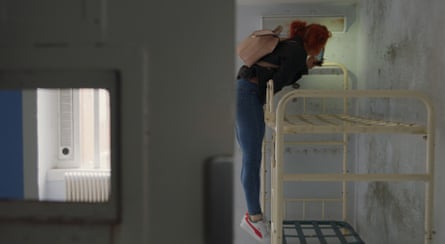
Her fury is echoed by Ogunmokun. “It’s so frustrating to see how similar the stories of people going in and out of prison are. Change is so slow,” she says. The daughter of a woman who struggled with addiction, she also spent some of her childhood in care, went to Holloway first aged 20, and was in and out repeatedly for two decades until she shook off her own drug addiction aged 40. “I’m angry that some kids are born into certain circumstances, and what chance do they have?”
Ogunmokun, 66, has dedicated the 25 years since leaving Holloway to helping former addicts break the cycle of addiction and offending. “Every time I reoffended the judge would say: ‘You haven’t learned anything.’” She didn’t get the support she needed to change while she was in prison, through no real fault of the prison staff. “The officers see horrific things, but they’re not trained counsellors – they’re not mental health trained, they’re not sex-trafficking trained, they’re not domestic violence trained. They’ve got a regime they have to run by.” She hopes the film might persuade viewers that there needs to be a revolution in the way that female offenders are treated.
It is almost 20 years since the seminal Corston report on vulnerable women in the criminal justice system called for a radically different strategy, but many of the report’s key recommendations have yet to be implemented. Hudson and Compton struggled for several years to raise funding to finish their film. Now they feel happy that it is being released at a time when there is some emerging optimism about the possibility of change. “The simple truth is that we are sending too many women to prison,” the justice secretary, Shabana Mahmood, said earlier this year. “We need to do things differently.” The film will be screened at an event with the prisons minister, James Timpson, in parliament later this month.
Hudson’s first fiction film, Lollipop, which comes out this month too, also features a woman who has recently left prison. She says both projects examine the way vulnerable women are shamed and blamed, as well as trying to showcase “the power of women that society tries to put on the outskirts”.
Ali is satisfied with how the film has turned out, and wants it to be shown to young people in prisons, to offer hope that lives can alter course. Despite her early reservations, she is impressed by the directors’ creation. “It’s been emotionally turbulent,” she says, “but they’ve done an amazing job.”

 3 months ago
45
3 months ago
45


